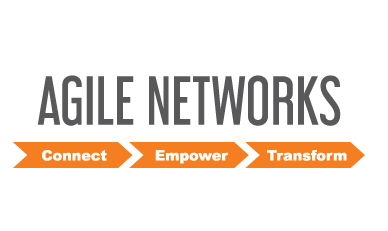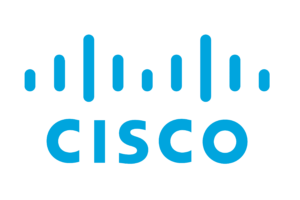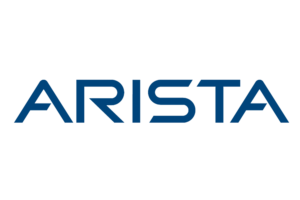Networking Solutions
Best Technology and Networking Solutions
Expandlogix ensures a network can manage current and future business needs.
ExpandLogix helps organisations transform their local area networks to support a more flexible workplace and enable a more productive workforce. We virtualise. We standardise. We optimize. ExpandLogix has expertise from designing wired and wireless networks and assessing capacity to installing network components and re-configuring existing assets.

- Fosters major vendor relationships.
- Offers end-to-end local network services.
- Validates IT solutions and strategies.
- Optimizes existing networking assets.
To help our customers cope with the complexity in devices, data and digital services, ExpandLogix goes beyond the cables, switches, and routers to ensure that the network can meet current and future business needs.
ExpandLogix readiness assessments and services help organisations prepare their local networks for new technologies and greater business demand – from going digital and mobile to embracing collaboration and the cloud.
From wired to wireless, ExpandLogix helps organisations source and deploy local networks that are not only the best technical solution but also the most cost-effective solution.
By working with ExpandLogix to enable greater connectivity and stronger network security, organisations can optimize digital transformation, empower users and mitigate business risk.
ExpandLogix Solutions Include
a) High-performance, secure enterprise wireless LAN with Wi-Fi 6 Capability
The demand for wireless access is dramatically increasing, and the number and variety of devices and applications continues to grow. Wi-Fi 6 helps accommodate the growing number of mobile and IoT devices by increasing network efficiency and speed to better meet IT and Business requirements.
- Higher data rates
- Increased capacity
- Improved power efficiency
- Improved performance in environments with many connected devices
b) Enterprise Routing & Switching (Core, Datacenter & Access Layer)Access switches for enterprise
A smarter, more secure Edge is closer than you think. Get what you need to connect users, Wi-Fi 6 access points, and IoT devices. Find solutions that scale with your Business — solutions that can be deployed and managed with ease.
Campus core and data center switches
Meet the needs of your evolving campus core and data center networking requirements. Simplify operations with intelligent automation, distributed analytics, and always-on infrastructure.
Reduce risk, improve efficiency, and ensure networks are always available with cutting-edge hardware, cloud-native operating systems, and intuitive management tools.
c) Software Defined Wide Area Network (WAN)
- A Software-defined Wide Area Network (SD-WAN) is a virtual WAN architecture that allows enterprises to leverage any combination of transport services – including MPLS, LTE and broadband internet services – to securely connect users to applications.
- An SD-WAN uses a centralized control function to securely and intelligently direct traffic across the WAN. This increases application performance and delivers a high quality user experience, resulting in increased Business productivity, agility and reduced costs for IT.
- An SD-WAN enables cloud-first enterprises to deliver a superior application quality of experience (QoEX) for users. Using intelligence and by identifying applications, an SD-WAN provides application-aware routing across the WAN. Each class of applications receives the appropriate QoS and security policy enforcement, all in accordance with Business needs.
d) Network Access & Management Software
Gartner defines network access control (NAC) as technologies that enable organizations to implement policies for controlling access to corporate infrastructure by both user-oriented devices and Internet of Things (IoT) devices. Policies may be based on authentication, endpoint configuration (posture) or users’ role/identity. NAC can also implement post connect policies based on integration with other security products. For example, NAC could enforce a policy to contain the endpoint based on an alert from a SIEM.
An organization should evaluate the following capabilities:
- Device visibility/profiling
- Access control
- Security posture check
- Guest management
- Bidirectional integration with other security products




